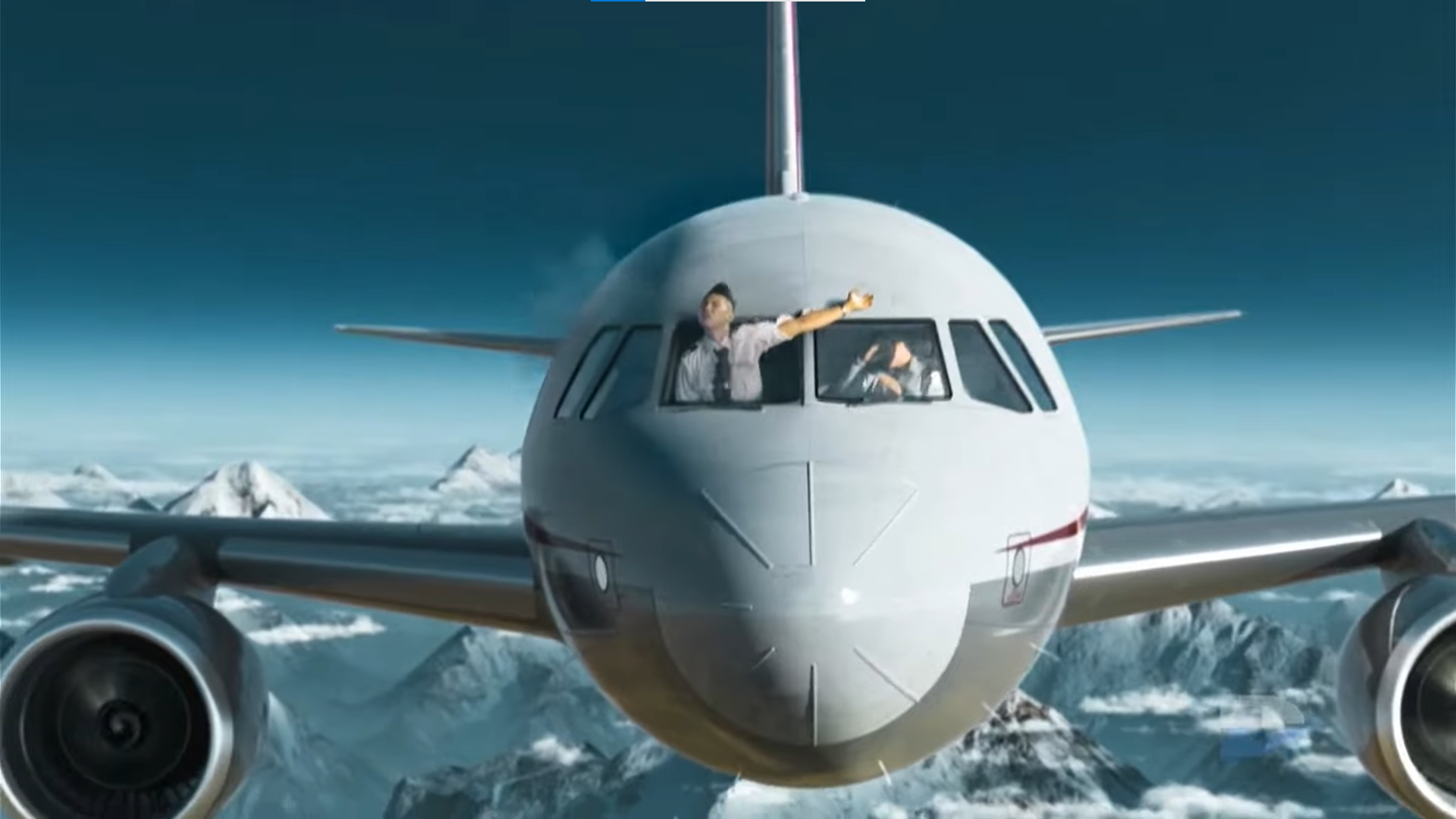On the 14th of May 2018, Sichuan Airlines Flight 8633 experienced a terrifying situation after the cockpit’s windshield suddenly burst away while en route to Lhasa at FL321. As a result of the sudden decompression of the cabin, the first officer was partially sucked out of the cockpit despite wearing a seatbelt.
Thankfully, the crew initiated an emergency and performed an overweight landing at Chengdu Shuangliu International Airport around 35 minutes after the incident.
Flight Details
The Sichuan Airlines Airbus A319-100 with registration B-6419 was performing flight 3U8633 from Chongqing to Lhasa in China with 119 passengers and 9 crew. The flight was under the command of Captain Liu Chuanjian who had logged 11,454 flight hours including 9,254 hours on type. Captain Liu was accompanied by another Captain, Liang Peng. Captain Liang Peng with 8,789 flight hours including 6,708 hours on type. Also onboard was First Officer Xu Ruichen with 2,801 flight hours including 1,180 hours on type.
Captain Liu joined Sichuan Airlines in 2006 after serving as a flight instructor for ten years in Sichuan’s Second Aviation College of People’s Liberation Army Air Force.
Flight 8633 took off from Chongqing Jiangbei International Airport at 6:25 CST (22:25 UTC). Everything went uneventful until the aircraft reached an altitude of approximately 32,100 feet. Approximately 40 minutes after departure about 60nm west of Chengdu over mountainous terrain, the right windshield shattered suddenly. This created a deafening noise and a sudden loss of cabin pressure.
Captain Liu: There was no warning sign. Suddenly, the windshield just cracked and made a loud bang.
The flight control unit was damaged, and the loud external noise made spoken communications impossible. However, the co-pilot somehow managed to use the transponder to squawk 7700. This alerted Chengdu Shuangliu International Airport control about their situation.
Despite wearing his seatbelt, the F/O was partially sucked out of the aircraft for a while. The seat belt of the F/O secured his lower body in the cockpit permitting him to return to his seat.
Captain Liu: When I looked to the side, the co-pilot (body) had already flown halfway, and half of the body was hanging outside the window. Fortunately, he was wearing a seat belt.
Shortly after, the captain initiated an emergency descent to 23,600 feet, a minimum safe altitude due to the mountains. Before levelling off at 23,600 feet, the aircraft was descending at 10,729 feet per minute.
Due to the mountainous region, the pilots were unable to descend to the required 8,000 feet initially to compensate for the loss of cabin pressure. The cockpit items were all flying, a lot of equipment was malfunctioning, and the noise was so loud that the radio couldn’t be heard. The entire plane vibrated so loudly that it was impossible for the captain to see the instruments clearly and it was difficult to operate.
Unfortunately, due to the captain’s secured shoulder harness and the distance of the oxygen mask, he was unable to reach his mask with his right hand. To retrieve the mask, he would have had to momentarily stop controlling the aircraft and use his left hand or unfasten his shoulder harness. As a result, the captain remained without oxygen masks from the burst of the windshield to landing, whereas the first officer was able to don his oxygen masks as soon as he returned to his seat.
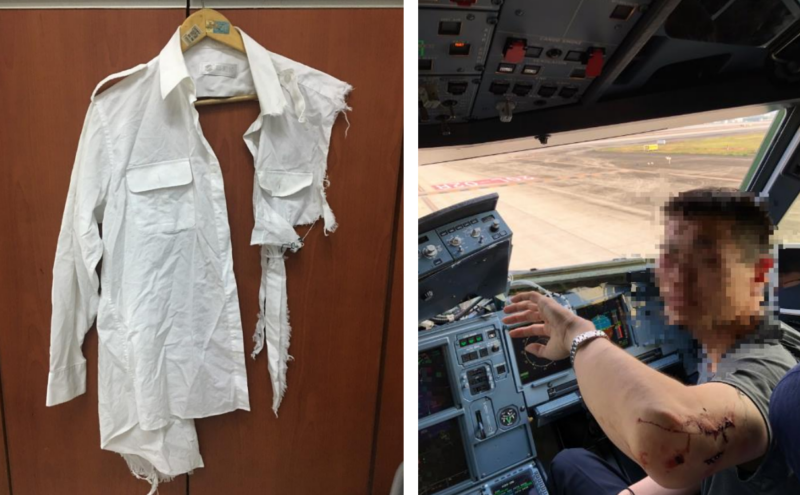
Approach to Chengdu
Completely relying on manual and visual control, the captain turned the aircraft around and diverted to Chengdu descending the aircraft to around 10,000 feet as soon as they were clear of the mountains.
Thanks to the good weather, there were almost no clouds, and the visibility was very good. If it had been accompanied by rain or bad weather conditions, the consequences would have been unpredictable. Emergency services, including airport rescue teams and medical personnel, were alerted and kept stand-ready to respond as Flight 8633 prepared to land.
At approximately 7:42 CST (23:42 UTC), about 35 minutes after the windshield shattered, the A319 made an overweight landing at Chengdu Shuangliu International Airport. As the aircraft was overweight and the thrust reverser wasn’t working, the taxiing distance was longer than normal.
Once on the ground, emergency services responded to the aircraft and passengers evacuated the aircraft under the guidance of the cabin crew and airport personnel, thankful to have survived such a terrifying experience.
Aircraft Damage and Injuries
A thorough investigation following the incident found that the primary damage occurred to the right windshield, which shattered during the flight. The sudden failure of the windshield led to a rapid loss of cabin pressure, exposing the cockpit to external elements and debris. The shattered glass and the subsequent pressure differential caused damage to the cockpit instruments and controls. Due to the overweight landing, the overheated landing gear tires also burst away.
In addition, the investigation revealed that 17 circuit breakers on the 120VU panel popped causing multiple system failures. The tripping of the 17 circuit breakers happened as a result of a safety feature of the cockpit door. During a rapid decompression, the cockpit door automatically unlocks and opens in order to prevent a pressure differential between the cockpit and cabin.
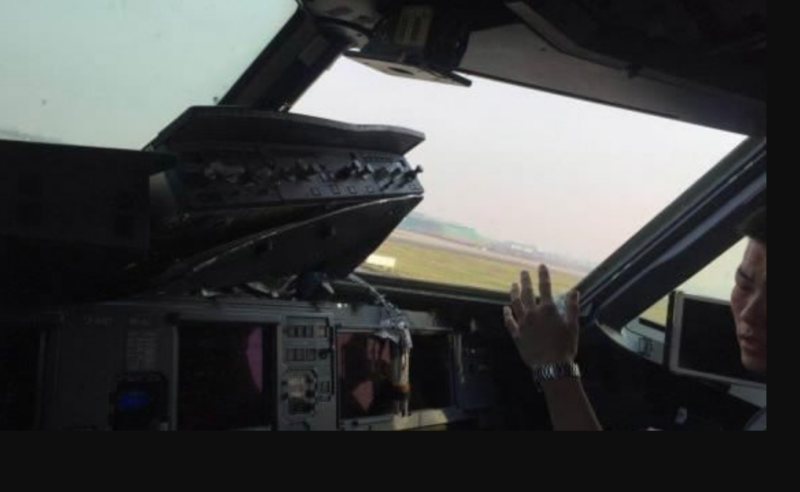
As the F/O was partially sucked out of the aircraft despite wearing a seatbelt, he sustained facial abrasions, a minor right eye injury, and a sprained wrist. One of the flight attendants also suffered a wrist injury.
Fortunately, due to the insulation design of the Airbus A319, the passengers did not experience an immediate drop in temperature, saving them from frostbite. The flight crew remained conscious throughout and did not experience hypoxia or frostbite. None of the other crew members or passengers were injured.
Investigation and Findings
Following the terrifying incident of Flight 8633, the Civil Aviation Administration of China (CAAC) launched an investigation in collaboration with Airbus and Sichuan Airlines.
The investigation revealed that the most likely cause of this incident was that the seal of the right-hand windshield had been damaged, which allowed external water vapour to accumulate at the bottom edge of the windshield.
As a result, the insulation of the power supply wire was reduced after being soaked for a long time, leading to a continuous arc discharge in a humid environment. The temperatures caused by arcing ruptured the double-deck glass, and the differential pressure inside and outside the cockpit eventually caused the windshield to burst off the fuselage.
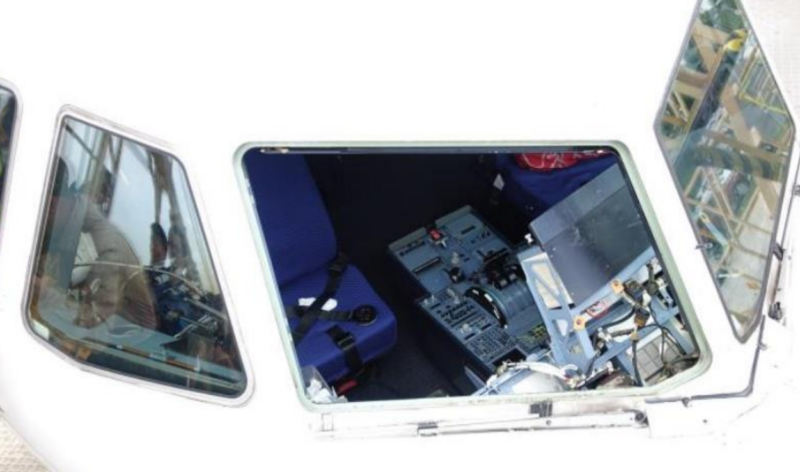
Aftermath
The crew of Sichuan Airlines Flight 8633 was widely hailed as heroes by the media and the public. Captain Liu Chuanjian was awarded a prize of 5 million yuan (£569,400) for his exemplary handling of the situation and ensuring the safety of everyone on board.
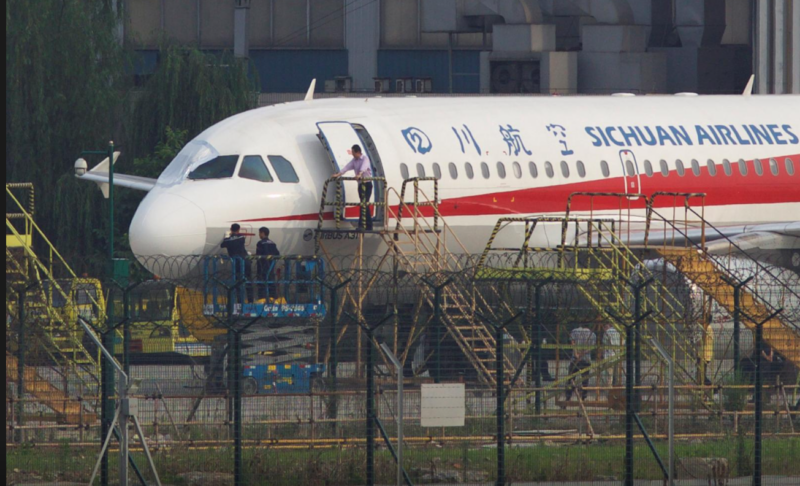
The final report of Flight 8633 praised the crew stating, “In summary, the crew controlled the flight status of the aircraft, reporting the emergency to ATC, keeping the aircraft above a safe altitude, etc., performing all key operations in line with company manual requirements. During the incident handling of the crew demonstrated strong CRM capability.”
The crew and pilots of Flight 8633 continue to work for Sichuan Airlines. The airline has kept the flight in operation, maintaining the same route. Furthermore, the damaged aircraft, B-6419, was repaired and returned to service with Sichuan Airlines in January 2019.
Subsequently, safety recommendations were issued to Airbus, the European Union Aviation Safety Agency (EASA), the CAAC, and the operators. As an immediate safety measure, the Aircraft Operating Manual (AOM) was updated to strengthen procedures. For instance, in the event of a windshield crack, pilots were instructed to fasten their shoulder straps immediately. And in case the inner layer of the windshield is fractured, they are to don their oxygen masks promptly.
A similar incident took place back in 1990 when a British Airways flight on its way to Malaga, Spain sustained sudden explosion of two of the six cockpit windows. As a result, the sudden decompression of the cabin caused a massive rush of air, which sucked the captain out of the cockpit.
Feature Image: Plane’n Boom


